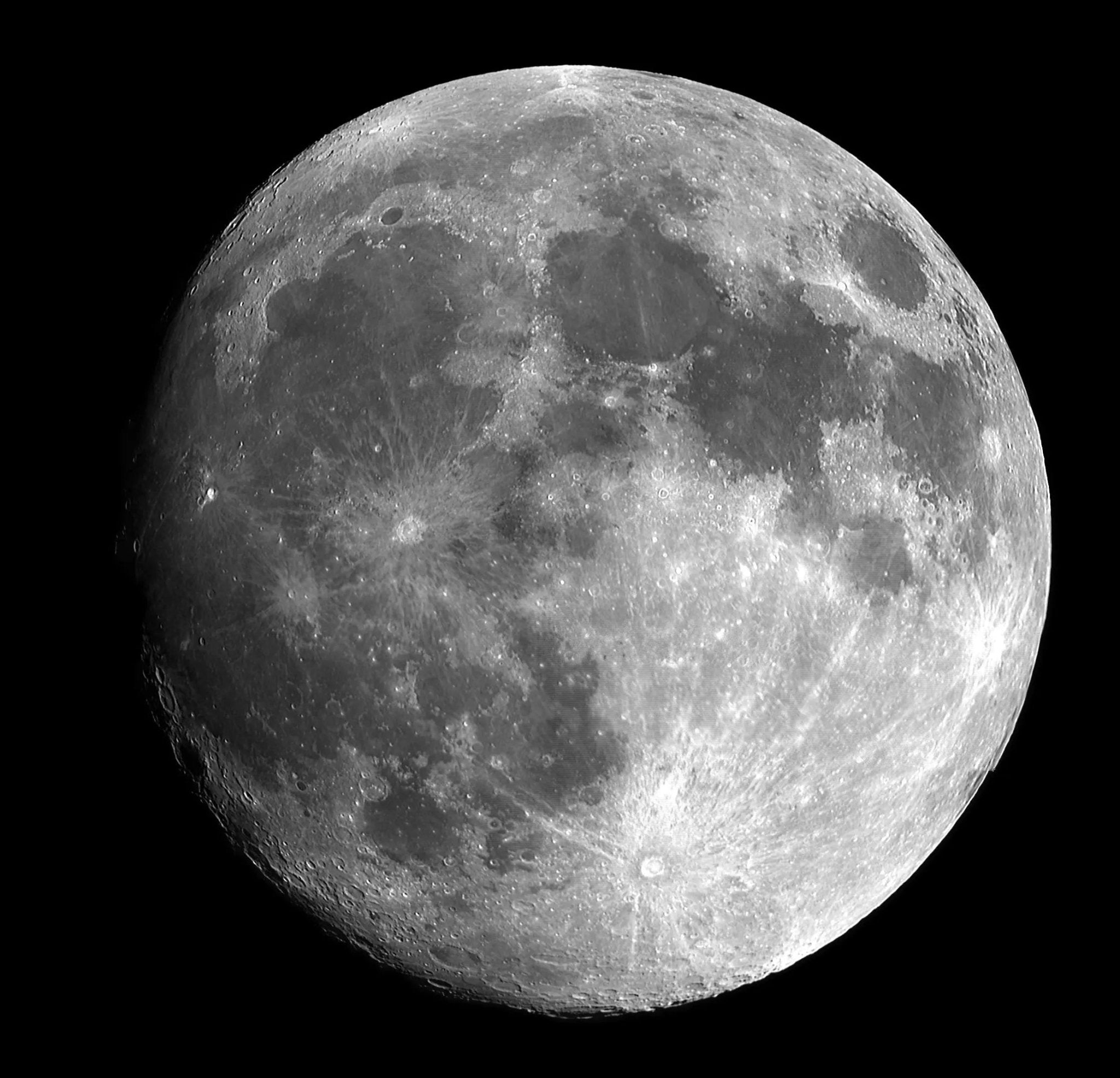Eclipse glasses have emerged as crucial instruments in facilitating a harmonious convergence between public engagement and scientific observation in the field of astronomy. These specialized eyewear have revolutionized the way the general populace interacts with astronomical phenomena, particularly solar and lunar eclipses. This article explores the multifaceted impact of eclipse glasses on both amateur astronomy enthusiasts and professional researchers, elucidating the transformative effects on public interest, scientific outreach, and observational accuracy.
Introduction:
Eclipse glasses, with their ability to safely filter out harmful solar radiation, have democratized access to celestial events, enabling individuals to directly view solar and lunar eclipses without endangering their eyesight. This increased accessibility has kindled a renewed enthusiasm for astronomy among the public and has sparked interest in science education at various levels.
Impact on Public Engagement:
Eclipse glasses have catalyzed a heightened public engagement with astronomy, fostering a sense of wonder and curiosity about the cosmos. By providing an opportunity for individuals to witness rare and captivating phenomena, such as the awe-inspiring totality of a solar eclipse, eclipse glasses have transcended the barriers of age, background, and expertise, fostering a more scientifically literate and astronomy-aware society.
Enhancing Scientific Outreach:
Astronomical research and education have benefited significantly from eclipse glasses. Astronomical societies, educational institutions, and research organizations have harnessed these instruments to facilitate interactive public outreach events, promoting science communication and bridging the gap between scientists and the public. This has facilitated the dissemination of accurate astronomical knowledge, dispelling myths and misconceptions surrounding eclipses.
Advancements in Observational Accuracy:
Eclipse glasses have also contributed to improved observational accuracy during eclipses. By enabling safe direct observation, scientists and amateur astronomers alike can gather precise data, enhancing our understanding of solar and lunar phenomena. These observations provide valuable insights into the dynamics of celestial bodies, contributing to advancements in astrophysical research.
Conclusion:
In conclusion, eclipse glasses have significantly impacted the field of astronomy by fostering public engagement, enhancing scientific outreach, and advancing observational accuracy. Their accessibility and safety have transformed how people perceive and appreciate astronomical events, cultivating a more informed and inspired global community. As these instruments continue to bridge the gap between the scientific community and the public, they hold the potential to catalyze even greater advancements in astronomical research and education.

